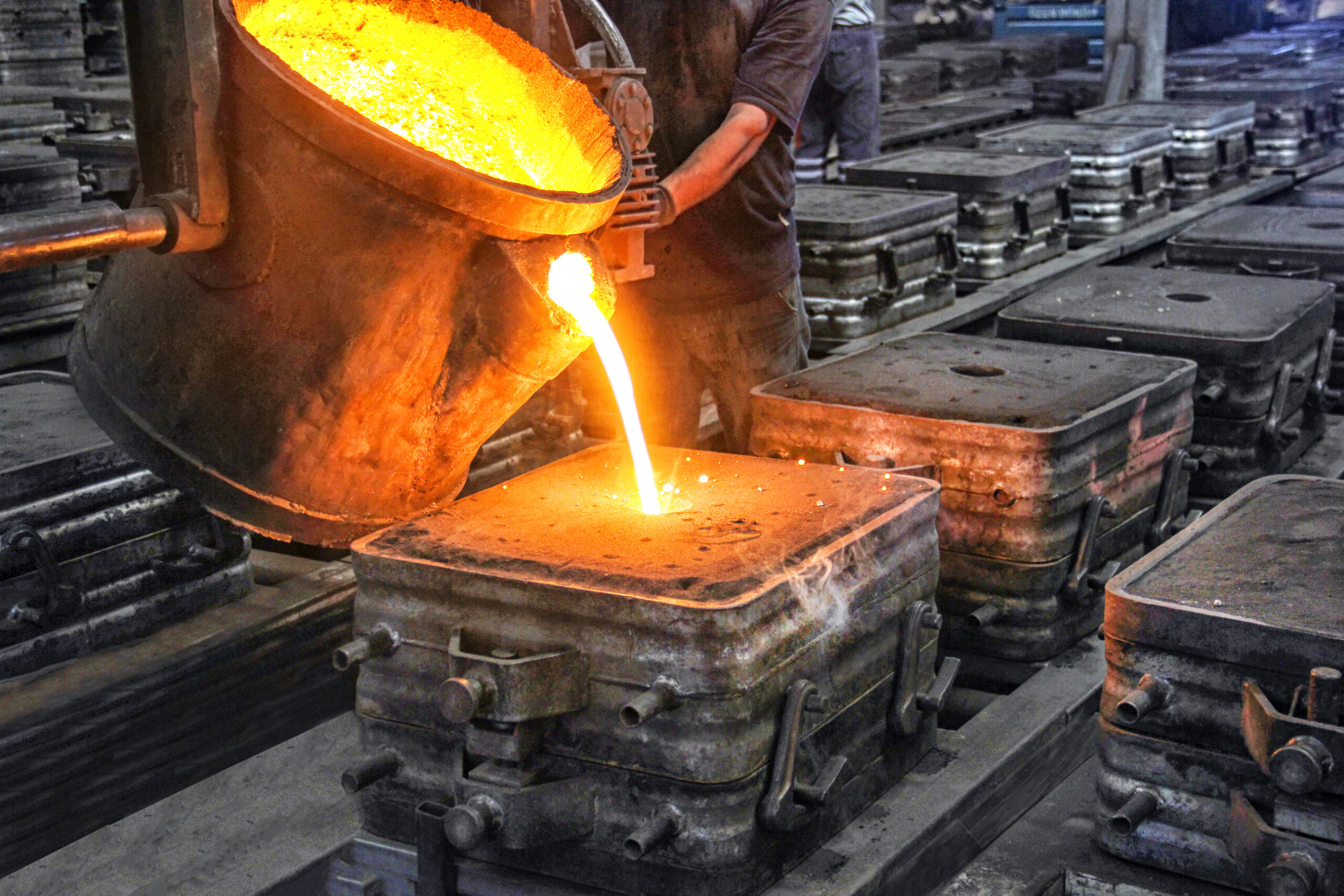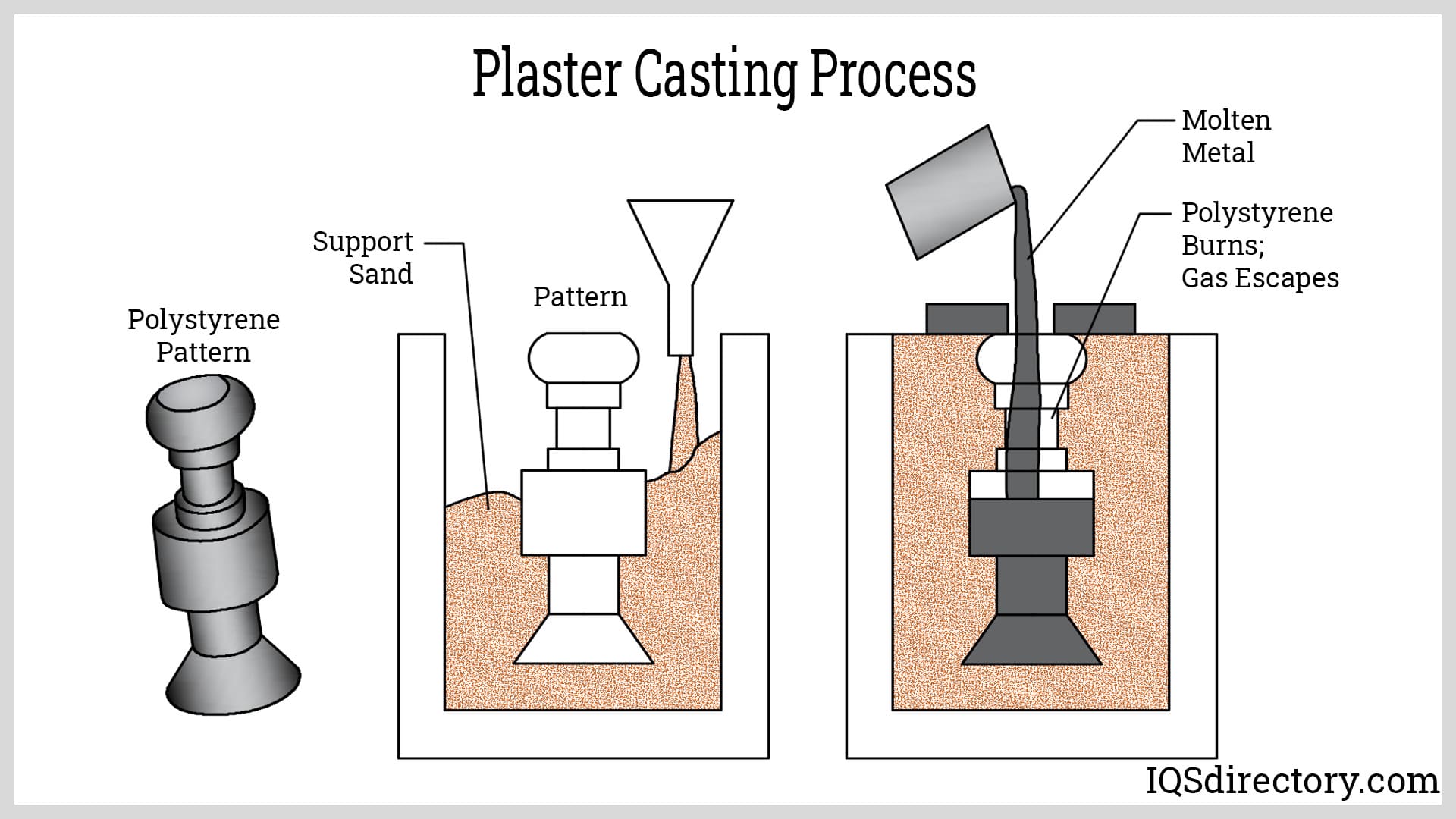Casting Twilight - The Human Side Of Bringing Stories To Life
Have you ever wondered what it takes to find just the right person for a truly iconic character on the big screen? Thinking about the movie Twilight, it's almost impossible to imagine anyone but Robert Pattinson as Edward or Kristen Stewart as Bella. That feeling, that absolute conviction that they were meant for those parts, doesn't happen by chance. It’s the result of a thoughtful, often quite intricate, process that goes way beyond simply picking a face from a crowd.
Finding the ideal individual to embody a beloved character, especially when a book series has captured so many hearts, is a delicate art. It's about seeing beyond the surface, really getting a feel for who someone is, and then figuring out if they can truly step into another's shoes. This kind of selection, you know, involves a lot of looking at how different qualities might fit together, and sometimes, it's a bit like trying to match up pieces of a very elaborate puzzle.
The whole idea of "casting" in this context is, in some respects, about transformation. It's about taking someone as they are and helping them become something else entirely for a story. It can involve subtle shifts or, occasionally, a complete reinvention. It’s a bit like when you need to change one type of information into another, making sure everything still works together smoothly, even if it seems a little different at first glance.
- Michael Koman
- Parade Of Planets 2025
- Jamie Foxx Kids
- Cast Of Dynasty 1981
- Does Ryan Reynolds Have A Twin
Table of Contents
- The Vision Behind Casting Twilight
- What Makes a Perfect Fit for Casting Twilight?
- The Unseen Challenges in Casting Twilight
- Is There a "Right" Way to Cast Actors for Twilight?
- When the Picture is There, But the Sound Isn't – Casting Twilight's Echoes
- Beyond the Obvious – Understanding Compatibility in Casting Twilight
- Why Does the Casting Process Seem So Complex?
- The Ongoing Conversation Around Casting Choices
The Vision Behind Casting Twilight
When the folks behind the Twilight movies set out to find their actors, they had a pretty big job on their hands. They weren't just looking for people who could say lines; they were searching for individuals who could bring a whole world of intense feelings and deep connections to life. It was, in a way, about creating a new version of something that already existed in millions of readers' minds. Think about it: a book lives in your head, and then someone has to make it real, right there on the screen. This means that, very, very often, a new character portrayal is created, and the very essence, the inner workings of the character, might be copied over, or perhaps, reinterpreted for the film's unique needs.
The director and producers, you know, they had to convert the written descriptions of Bella, Edward, and Jacob into living, breathing portrayals. It’s a bit like taking a specific date and time from a calendar and converting it into a format that a computer can easily read and use. You’re changing its presentation, but the core meaning stays intact. They had to ensure that the actors chosen could genuinely convey the deep emotions, the quiet strength, and the raw vulnerability that made these characters so compelling. This process, frankly, required a deep look at what each actor brought to the table, weighing their natural qualities against the demands of the story.
What Makes a Perfect Fit for Casting Twilight?
So, what exactly makes an actor a truly perfect match for a role, especially when we talk about something as beloved as casting Twilight? It's not just about looking the part, though that certainly helps. It’s more about a deeper kind of resonance. I mean, sometimes, you have a look at the various options, and at first glance, it seems there is no real difference between two choices, except for some very subtle qualities. It’s like picking between two very similar shades of paint; they both look good, but one just feels a little more right for the space.
For the characters in Twilight, there was a need for actors who could convey a sense of timelessness, of being both ordinary and extraordinary at the same time. Kristen Stewart, for instance, had to show Bella’s quiet strength and her deep connection to Edward, while Robert Pattinson needed to embody Edward’s ancient wisdom, his inner torment, and his powerful allure. It’s like when a system allows you to change one type of information into another, as long as the change happens between compatible sorts of data. You can change a description of a person into a full-fledged character, but only if the underlying attributes are in sync. This kind of compatibility, you know, is what makes the portrayal feel authentic and believable to the audience.
The Unseen Challenges in Casting Twilight
Even with the best intentions, the process of finding the right people for a film like Twilight can hit some unexpected snags. You might find someone who seems to fit the physical description perfectly, but then something crucial is missing. It’s a bit like when you try to send what’s on your computer screen to your television as a wireless display; sometimes, windows only sends the picture, but not the sound. The sound still goes through your computer, and you’re left wondering why the complete experience isn't there.
This can happen in casting too. An actor might look exactly like the character from the book, but perhaps their voice doesn't quite carry the right tone, or their emotional delivery doesn't quite resonate with the depth needed for a character like Bella or Edward. It’s a problem that’s not about a lack of obvious talent, but more about a subtle misalignment. Sometimes, you know, trying to link one specific quality of an actor to another part of the role, like linking a general pointer to a very specific type of information, isn't always the best approach. It’s possible that, because of how things are supposed to fit together, the intended character type just isn't able to fully take shape with that particular actor. It highlights that casting is not just about individual talent, but about how that talent interacts with the specific demands of the role and the overall story.
Is There a "Right" Way to Cast Actors for Twilight?
When it comes to selecting actors for a movie, particularly one with such a devoted fan base, people often wonder if there's a single, correct method. Is there a proper way of selecting people for specific character types? This question has been discussed for years, even decades, in the entertainment world. It’s a bit like asking about the best way to handle different kinds of information in computer systems; there are rules about how to link one piece of data to another, and a number of these guidelines are pretty well established in the industry. Among other things, connections to characters may be linked to other connections, showing how various roles relate to each other.
There's also the discussion around a direct selection versus using a more flexible "as" approach, which has been debated for a very long time. This is really about whether you pick someone who is an exact match from the start, or if you choose someone who has the potential to become the character. It’s a bit like when you’re trying to change a general piece of information into a very specific kind; sometimes, a straightforward change works, but other times, you need a more adaptable way of doing it. The truth is, there isn't one single "right" way. Different roles, different stories, and different directors will naturally call for different approaches. What worked for casting Twilight might not be the best method for another big film project.
When the Picture is There, But the Sound Isn't – Casting Twilight's Echoes
We touched on this a little earlier, but it’s worth thinking about more deeply: what happens when an actor seems to visually fit a role, but something crucial, like their emotional resonance or vocal delivery, doesn't quite land? It’s truly like when you’ve recently set up a new operating system, and now whenever you try to send content to your television as a wireless display, the screen shows the picture, but the audio doesn't come through. The sound still goes through your computer, and you’re left with a disconnect between what you see and what you hear.
In the context of casting Twilight, this could mean an actor who looks like a perfect Edward or Bella, but perhaps their voice doesn't have the right quality for those intense, whispered conversations, or their expressions don't convey the deep, unspoken feelings that are so central to the story. This isn't a problem of the actor not being talented; rather, it’s about a particular aspect of their performance not aligning with the specific demands of the character. It's a subtle but significant hurdle that casting directors frequently encounter. It's not, you know, a lack of flexible casting methods; it's just that some combinations simply don't produce the desired complete output, regardless of how much you try to make them fit.
Beyond the Obvious – Understanding Compatibility in Casting Twilight
The concept of "compatibility" in casting is, honestly, a lot more nuanced than it might seem at first glance. It’s not just about an actor being a "good" actor. It’s about whether they are the right "type" for a specific role, and whether their qualities can genuinely transform into the character. It’s very much like when a computer language lets you change information from one form to another, as long as the change happens between forms that can actually work together. For example, you can take a string of words and treat it like an entire concept, but only if the underlying structure allows for that kind of shift.
Casting, you know, isn't some sort of magical trick; it’s you, the casting director, basically telling the

Die Casting Process

Sand Casting - Weld2Cast

Types and Methods of Casting Processes